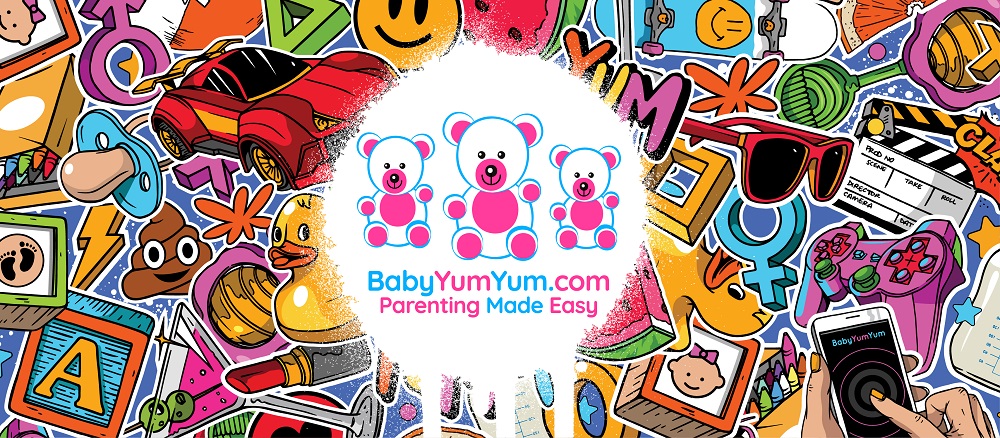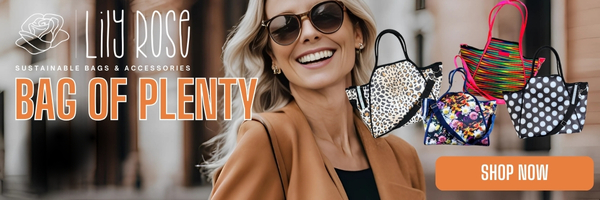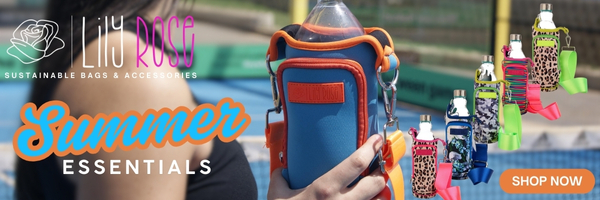Understanding the best choice for your baby’s skin between baby oil and Vaseline is something every new parent wonders at some point. Both are trusted, gentle products, but which one is right for your little one’s needs? From soothing dryness to protecting delicate skin, knowing when and how to use each can make a real difference. Here’s what you need to know to keep your baby’s skin soft, healthy and happy.
READ THIS ARTICLE FOR FREE!
Want more like this without limits? Go premium with with full access to expert content, parenting tips, practical checklists and helpful downloads to make life easier and simpler for parents.
When it comes to baby skincare, every product promises softness, protection, and comfort. How do you know what your baby’s skin truly needs? Two of the most commonly debated products are baby oil and Vaseline (petroleum jelly). Each has been a household staple for decades, but are they both suitable for your newborn’s sensitive skin?
Understanding Your Baby’s Skin
Newborn skin is remarkably delicate. In the first few weeks of life, a baby’s skin goes through significant changes as it’s thinner than adult skin, loses moisture quickly, and is more prone to irritation, especially in hot or dry climates like many parts of South Africa.
According to the National Health Service (NHS), the top priority for infant skincare should be keeping the skin clean, hydrated, and free from harsh chemicals or irritants. Both baby oil and petroleum jelly are widely used to prevent dryness, soothe nappy rash and create a protective barrier.
Understanding how each works is key to making the best choice for your baby.
What Is Baby Oil?
Baby oil is typically a mineral oil that’s been perfumed and sometimes enriched with ingredients like aloe vera, vitamin E or chamomile. It’s marketed as a moisturiser that helps lock in hydration by forming a barrier on the skin’s surface.
Common uses of baby oil include:
- Moisturising after a bath
- Infant massage
- Loosening cradle cap flakes
- Softening dry patches or flaking skin
Most popular baby oils are petroleum-derived mineral oils, though plant-based alternatives made from coconut or almond oil are now becoming more widely available.
What Is Vaseline (Petroleum Jelly)?
Vaseline, or petroleum jelly, is a semi-solid mixture derived from refined petroleum. It’s been used for over a century to protect the skin, especially in areas prone to chafing, dryness and irritation.
It’s odourless, colourless, hypoallergenic and incredibly effective at sealing in moisture by creating a physical barrier.
Common uses of Vaseline include:
- Preventing nappy rash
- Protecting against windburn or drool rash
- Treating minor cuts and dry skin
- Serving as a barrier cream in eczema-prone areas
Vaseline is widely recommended by dermatologists due to its non-reactive properties and ability to protect the skin from irritants.
ALSO READ: Baby Skin: Facts and Falsehoods Every Parent Should Know
Baby Oil vs. Vaseline: Head-to-Head Comparison
1. Hydration & Moisture Retention
Baby Oil: Works by trapping existing moisture in the skin. It doesn’t add moisture on its own, so it’s best used immediately after a bath when your baby’s skin is still damp. It spreads easily and can give skin a soft, smooth feel.
Vaseline: Creates a thicker protective barrier. While it also doesn’t hydrate on its own, it is more effective at sealing moisture in, particularly in dry or cold conditions. It stays on the skin longer and is ideal for targeted problem areas like elbows, knees or cheeks in winter.
Vaseline offers longer-lasting moisture protection, especially in dry climates like parts of Gauteng or the Western Cape during winter.
2. Ingredient Safety
According to BabyCentre UK, both baby oil and petroleum jelly are generally safe for newborn skin, provided they are:
- Fragrance-free
- Hypoallergenic
- Dermatologically tested for infants
However, some baby oils contain added perfumes or essential oils, which can irritate sensitive skin or trigger eczema. Petroleum jelly, on the other hand, is more neutral.
Vaseline is less likely to cause an allergic reaction due to its inert formulation.
3. Use in Treating Nappy Rash
The NHS recommends using a barrier cream or petroleum jelly at each nappy change if your baby is prone to rashes. Vaseline forms a thick barrier that keeps urine and faeces from irritating the skin.
Baby oil is not ideal for nappy rash, as it doesn’t offer the same protective shield. In fact, if used in the nappy area, oil may increase moisture retention, which could worsen irritation if the skin is already inflamed.
Vaseline is the preferred choice for preventing and treating nappy rash.
4. Massaging Your Baby
In South Africa, baby massage is a part of many evening routines. It soothes babies, aids digestion, and encourages bonding.
Baby oil is often used for massage because of its light texture and ease of spread. The gentle warmth from your hands helps the oil glide across your baby’s skin, making it a soothing ritual.
Petroleum jelly is not ideal for massage, as it’s too thick and doesn’t absorb easily.
Baby oil is better suited for baby massage.
5. Cradle Cap and Dry Scalp
Cradle cap is a common condition causing flaky, yellowish scales on a baby’s scalp. Baby oil can be applied to soften the flakes, making it easier to gently comb them out after a few minutes.
Vaseline can also be used for cradle cap, but it is more difficult to remove due to its thick texture. You may need to use a mild shampoo to wash it out completely.
Baby oil is the more convenient option for treating cradle cap.

Consider Your Baby’s Unique Skin Needs
Every baby is different. While some infants tolerate baby oil or Vaseline well, others may have sensitivities, especially if there’s a family history of eczema, allergies, or asthma.
Signs that a product is not suitable include:
- Redness
- Rashes
- Excessive dryness
- Flare-ups of eczema
If your baby develops any of these symptoms, stop using the product immediately and consult your GP or paediatrician.
Natural Alternatives and Clean Labels
As more parents become cautious of chemical exposure, many are turning to natural baby oils made from ingredients like:
- Cold-pressed coconut oil
- Sweet almond oil
- Olive oil
- Shea butter
While these can be beneficial, they’re not without risks. Some natural oils are allergenic or comedogenic (pore-clogging). Always patch test first and choose products specifically formulated for infants.
Product Labels: What to Look For
Whether you’re shopping at Clicks, Dis-Chem, or online, here’s what you should look for on baby skincare products:
- Fragrance-free
- Hypoallergenic
- Dermatologist-tested
- Paediatrician-approved
- No alcohol, parabens, or colourants
Avoid vague claims like “natural” or “gentle” without clinical backing.
Final Thoughts for South African Parents
In warm and humid regions like KwaZulu-Natal or drier inland areas like the Free State, your baby’s skincare needs may differ slightly. In hotter climates, lighter oils may work better to prevent heat rash, while in colder regions, Vaseline can help shield against windburn and dryness.
Where possible, opt for gentle cleansing with warm water, pat dry with a soft towel and let your baby’s skin breathe. Skincare isn’t always necessary, and often, the fewer products you use, the better.
Both baby oil and Vaseline have their place, but choosing the best one depends on your baby’s age, skin condition, and the specific use case.
References
- NHS: Washing your baby – https://www.nhs.uk/conditions/pregnancy-and-baby/washing-your-baby/
- BabyCentre UK: Is it safe to use baby oil on my baby’s skin? – https://www.babycentre.co.uk/a1044406/oils-for-baby-massage
- Mayo Clinic: Baby skin care – https://newsnetwork.mayoclinic.org/discussion/mayo-clinic-expert-suggests-proper-techniques-for-newborn-bathing-and-skin-care-basics/
- American Academy of Dermatology – https://www.aad.org/public/everyday-care/skin-care-basics/care
Disclaimer: The information provided in this article is for general informational purposes only and is not intended as a substitute for professional medical or dermatological advice. Every baby’s skin is unique, and what works for one child may not be suitable for another. Always consult with your paediatrician or a qualified healthcare professional before using any new skincare products on your baby, including baby oil or petroleum jelly (Vaseline). BabyYumYum.com is not liable for any decisions made based on the content of this article. Use products as directed and discontinue use if irritation or adverse reactions occur.
Get trusted, parent-approved advice at your fingertips. Premium gives you expert guidance, real world tips and member only downloads. Try it out for unlimited access, exclusive content and helpful parenting tools.
YOU MAY ALSO LIKE
Baby skin: facts and falsehoods that every parent should know. We debunk common myths and reveal what really keeps your baby’s skin soft, safe and …







